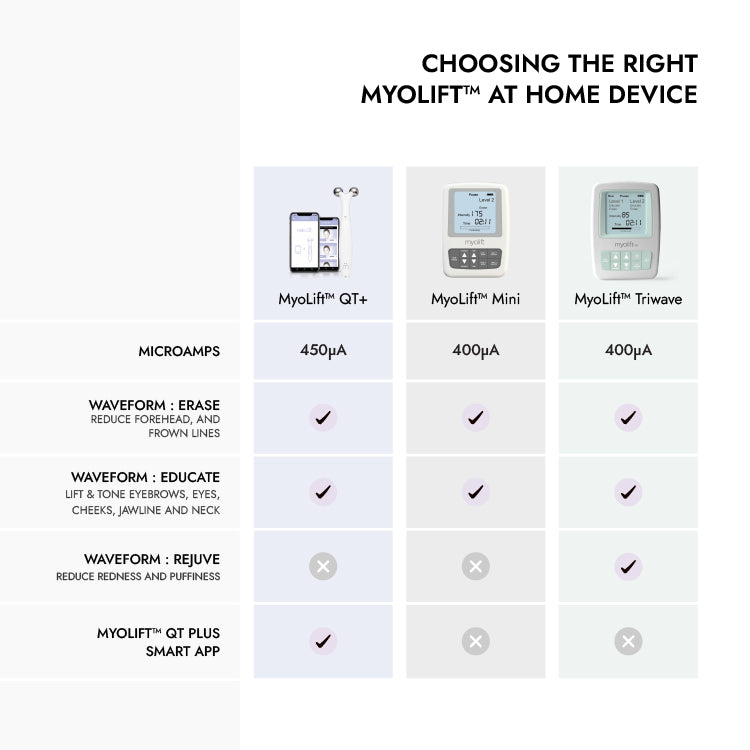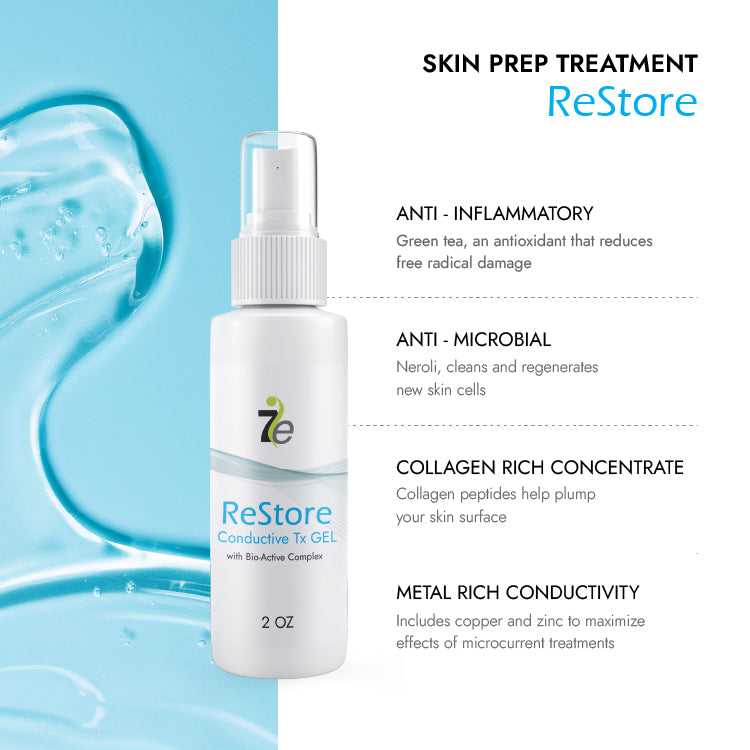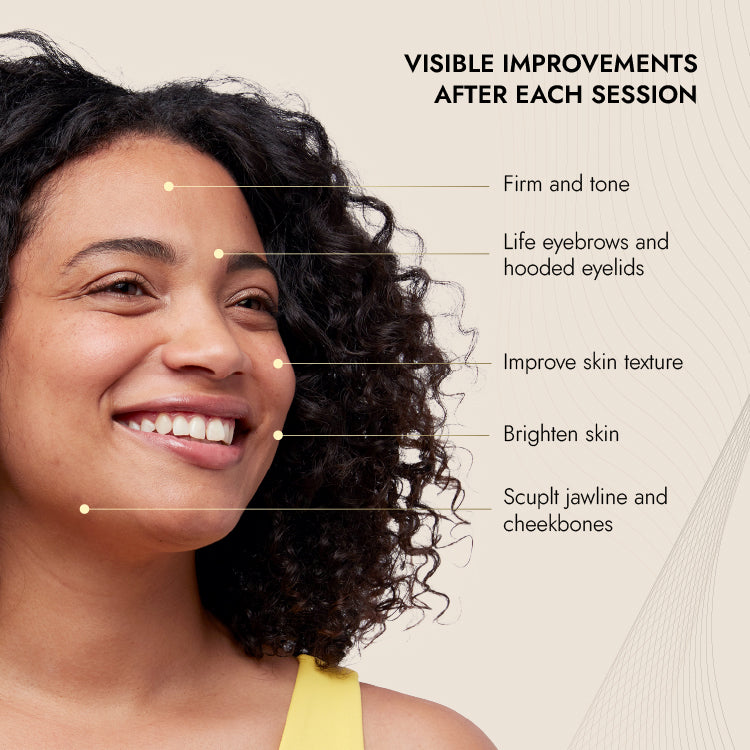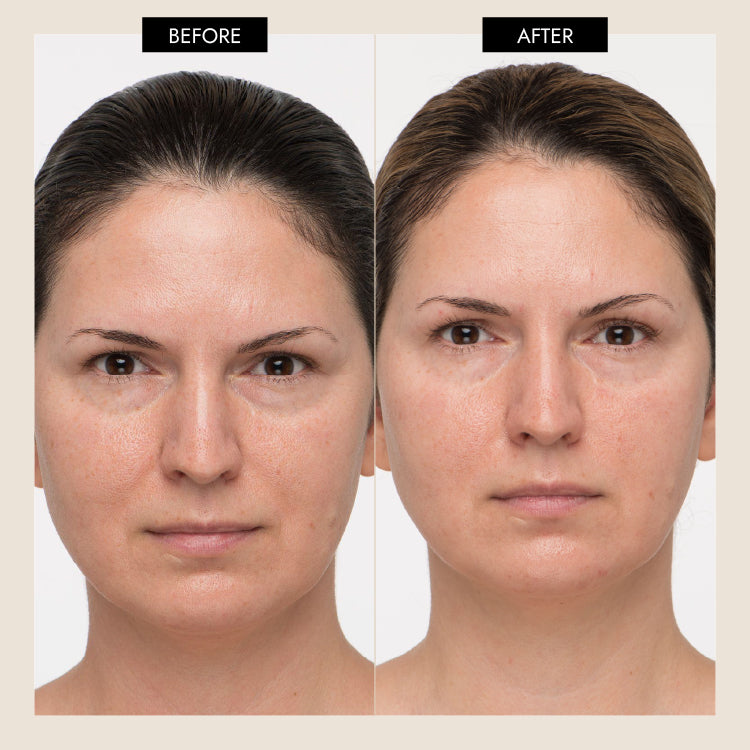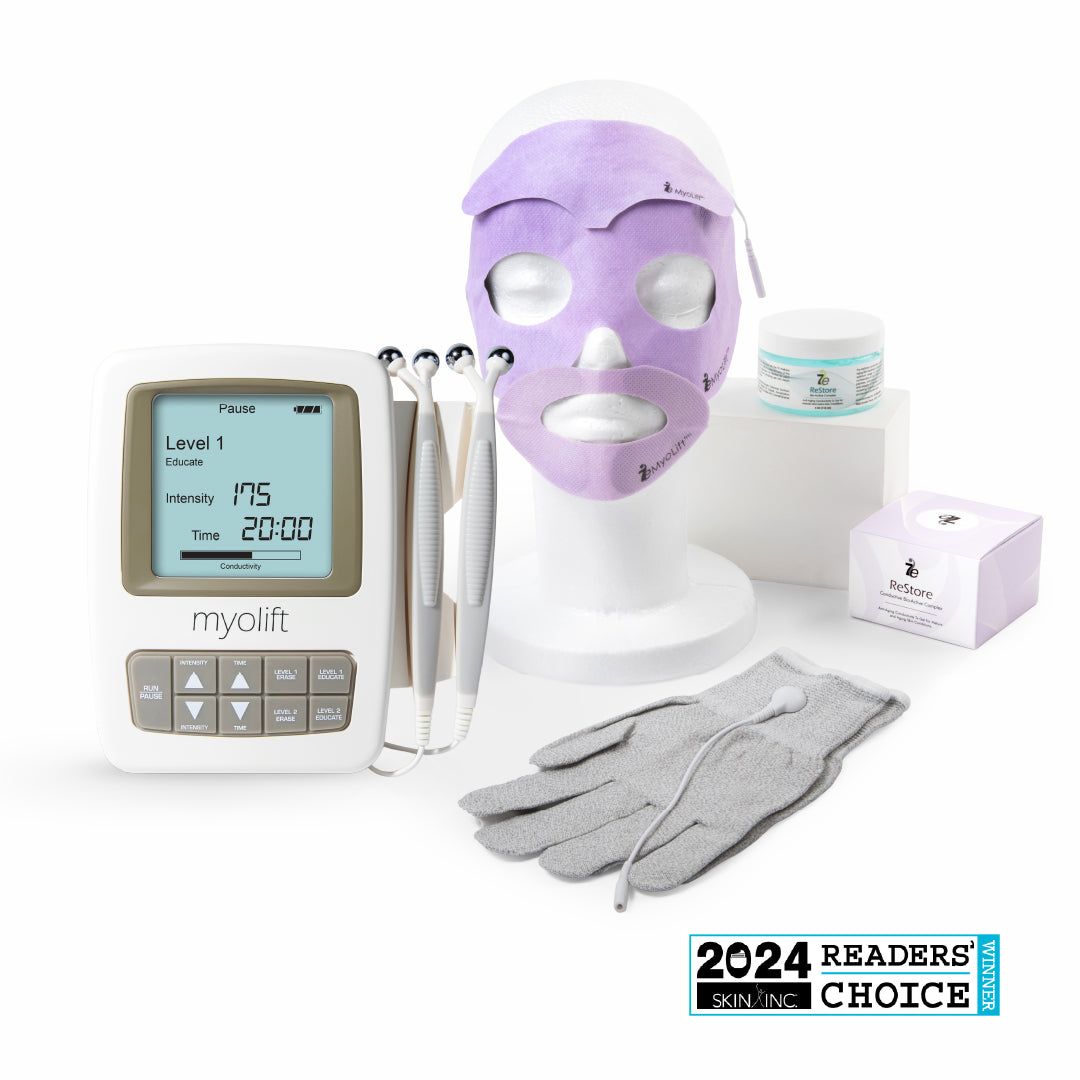
One of the latest focuses in the skincare and beauty industry is collagen. In the last couple of years you may have noticed that “interest in collagen is at an all-time high” (Chicago Tribune, 2019). This trend is being highlighted in your skincare products as well as offered in supplemental powder form, capsules, and even snack bars! But what is collagen? Why does collagen matter?
Skin Collagen: What is it and why does it matter?
Let’s start at square one. Collagen is a protein that serves as one of the main building blocks for your bones, skin, hair, muscles, tendons, and ligaments. Collagen is what keeps our skin from sagging, giving us that plump, youthful look. It is a hard, durable, flexible, insoluble, and fibrous protein that makes up one-third of the protein in the human body.
Collagen is a connective tissue that is produced by the fibroblast, which is a cell that produces the structural framework for tissues and plays a critical role in wound healing. Fibroblasts are the most common cells of connective tissue. In the lower dermis layer of the skin the fibroblast works to synthesize proteins like collagen to give the skin strength and structure.
Elastin is a connective tissue and a fibrous tissue of protein that gives the skin the flexibility to stretch and to bounce-back to its normal shape. This protein plays a special role when it comes to collagen because Elastin intertwines with Collagen fibers to form the Collagen-Elastin Network. Elastin is another protein that depletes with age, resulting in wrinkled or stretched out skin.

Does microcurrent stimulate collagen?
The short and sweet answer to this question is, yes! Microcurrent facials have the ability to stimulate collagen. And now that we have looked at the functions of Collagen, Elastin you can better understand the exact role that microcurrent plays in stimulating collagen.
Microcurrent has a wide variety of incredible benefits. It is primarily sought out for re-education of facial muscles for muscle tone and natural contouring, But did you know that it has the ability to re-educate the facial muscles because of it’s ability to increase Adenosine Triphosphate (or ATP) levels through mild electrical current?
As we age, we produce less ATP. That is to say we produce less cellular energy that fuels the cell's ability to make Collagen and Elastin. The skin begins to break down due to age and environmental factors such as sun, smoking and lifestyle. With a less consistent production of ATP, the body is unable to replace the damage being done. And we begin to see the effects on face & body.
In order to build collagen you need ATP. We always like to remind you that ATP is the energy of our cells. Stick with us here!
Every muscle group utilizes energy for movement. This movement is derived in the form of ATP. The energy from ATP is used to reset the myosin. Myosin is the motor, actin filaments are the tracks along which myosin moves, and ATP is the fuel that powers movement. For muscles to contract they need energy, That energy comes from the nutrition we feed our body, but the immediate source of myosin energy comes from the ATP. We dive deeper into the functions of ATP and how microcurrent is ATP’s best friend in our Online Microcurrent Certification Course.
Microcurrent facial treatments not only increase ATP by up to 500% and protein synthesis by up to 73%, but also increases Fibroblastic Activity by up to 60% and Membrane Transport (Cell Permeability) by 30-40%. In addition, “clinical studies consistently show that microcurrent also increases blood circulation by 35%” (thenaturallift.com).
You can’t deny that this non-invasive facial treatment has powerful and beneficial healing effects!

How can I rebuild collagen in my face?
Microcurrent facials at home or done in a more advanced and professional setting by your local esthetician are our favorite and most natural recommendation for rebuilding collagen in your face. Additionally, as we discussed at the start of this blog, collagen-boosting ingredients are now offered in supplemental powder form, capsules, and even snack bars! While there is debate on whether or not ingestible collagen supplements can actually rebuild collagen in the face, this is one of the most common routes people explore. We’re also often asked, “does microcurrent dissolve filler?” The short answer is no microcurrent therapy does not dissolve dermal fillers. Since microcurrent works on muscle stimulation and collagen production through ATP, it doesn't chemically interact with fillers. It’s a safe, non-invasive option even for those who have had injectable treatments, but we always recommend checking with your skincare professional first. Most people who are proactive about their skin, hair and muscle health are known to take collagen in capsule or powder form internally. There is a belief that this allows your entire body to benefit from attempts to increase collagen production.
By manually stimulating collagen through specialized facial treatments, topical collagen products or ingestion methods, what you are doing is encouraging your body’s natural processes to produce the protein and activate a healing process.
There are also more invasive options of rebuilding collagen in the face. For example, radio frequency facials, laser skin treatments and options like dermal fillers both stimulate collagen to rebuild in the face. Both these routes trigger your body’s natural healing systems and stimulate your natural processes of rebuilding collagen. If one of your skincare goals is to rebuild collagen in the face and you are considering one of these options, you’ll need to connect with your esthetician to identify the best treatment method.
How long does it take for collagen to rebuild?
This question is tricky! You see, we are always producing collagen. While we don’t stop producing collagen, this process does tend to slow down as we age. In other words, we actually have less collagen later into our 30’s as the aging process begins.
In addition to the factor of age, how long it takes to increase collagen production varies depending on which method you are taking to rebuild the collagen. Each time you do a microcurrent facial you are stimulating collagen and increasing the body's ability to produce more, creating a consistent rebuilding and production of collagen.
If you are ingesting collagen supplements in powder, pill or food form results may be visible as early as 4 weeks into use, but will be most noticeable after a couple of months of consistent use (Kulami, 2019).
Finally, when we have an injury or when a more invasive form of collagen stimulation occurs (like microneedling or dermal fillers), the skin goes into repair mode. This leads to a quicker onset of increased collagen production.
Sources:
https://www.chicagotribune.com/consumer-reviews/sns-bestreviews-wellness-everyone-is-talking-about-collagen-20191113-story.html
https://www.7ewellness.com/blogs/infuse-your-spa/what-is-atp
https://thenaturallift.com/the-science-of-microcurrent/
https://www.dearbrightly.com/blog/how-to-rebuild-collagen-in-the-face/#:~:text=The%20bottom%20line%E2%80%A6,is%20still%20an%20open%20discussion.
https://kalumibeauty.com/blogs/in-the-glow/how-long-does-it-take-for-collagen-to-work
























